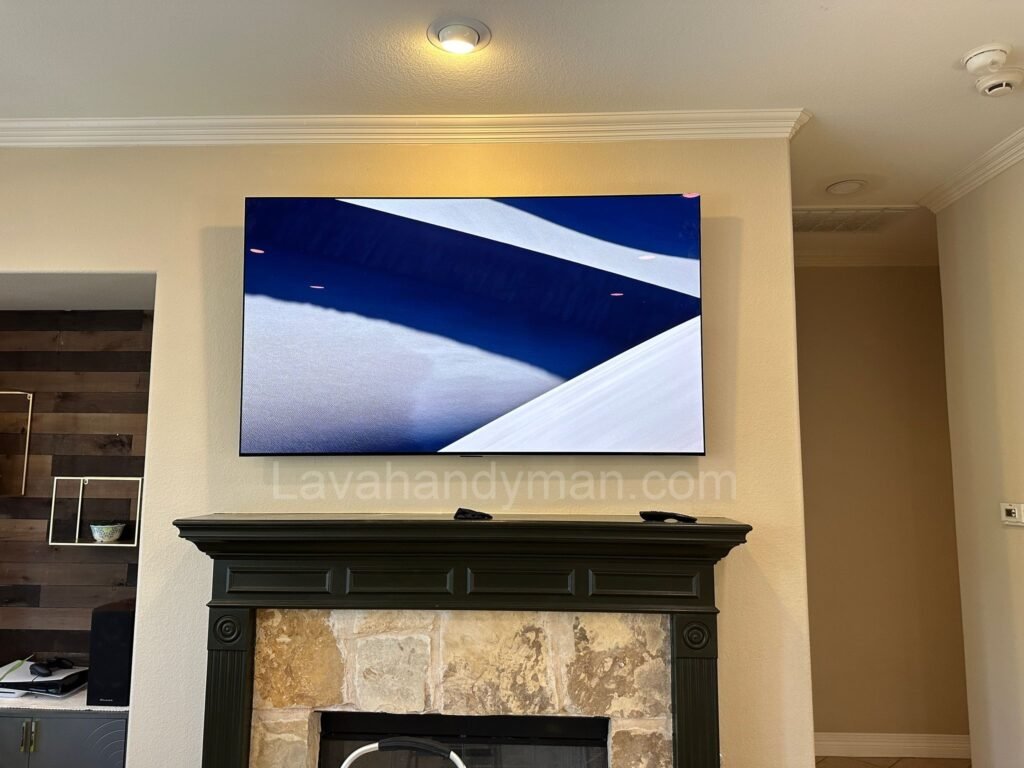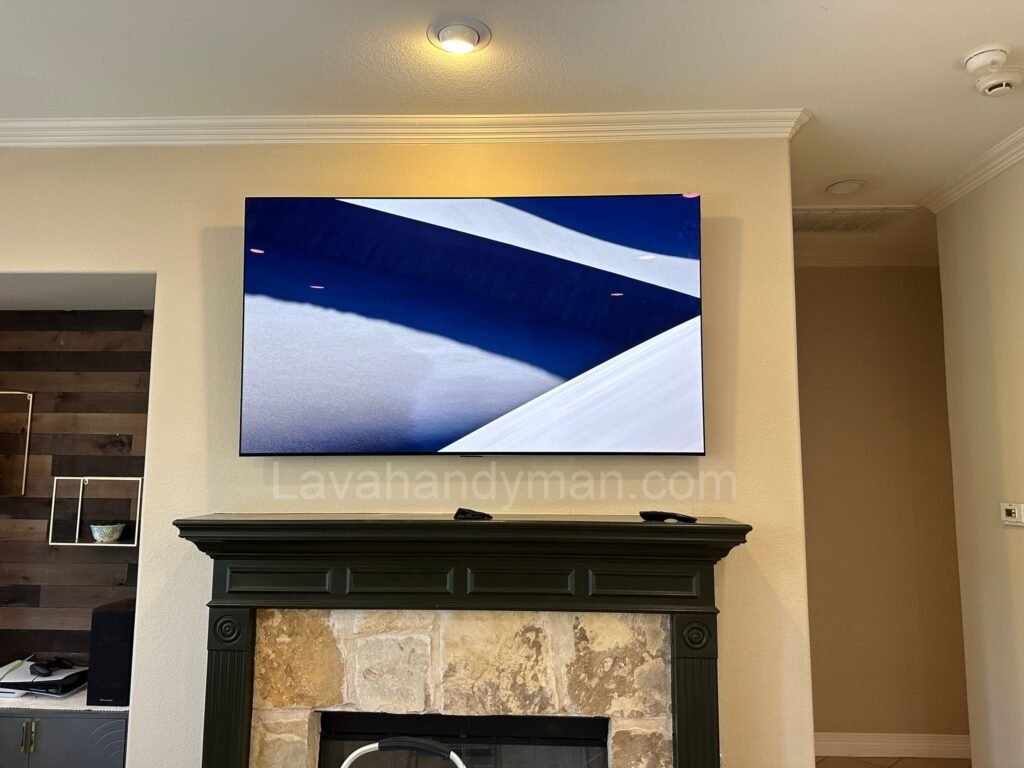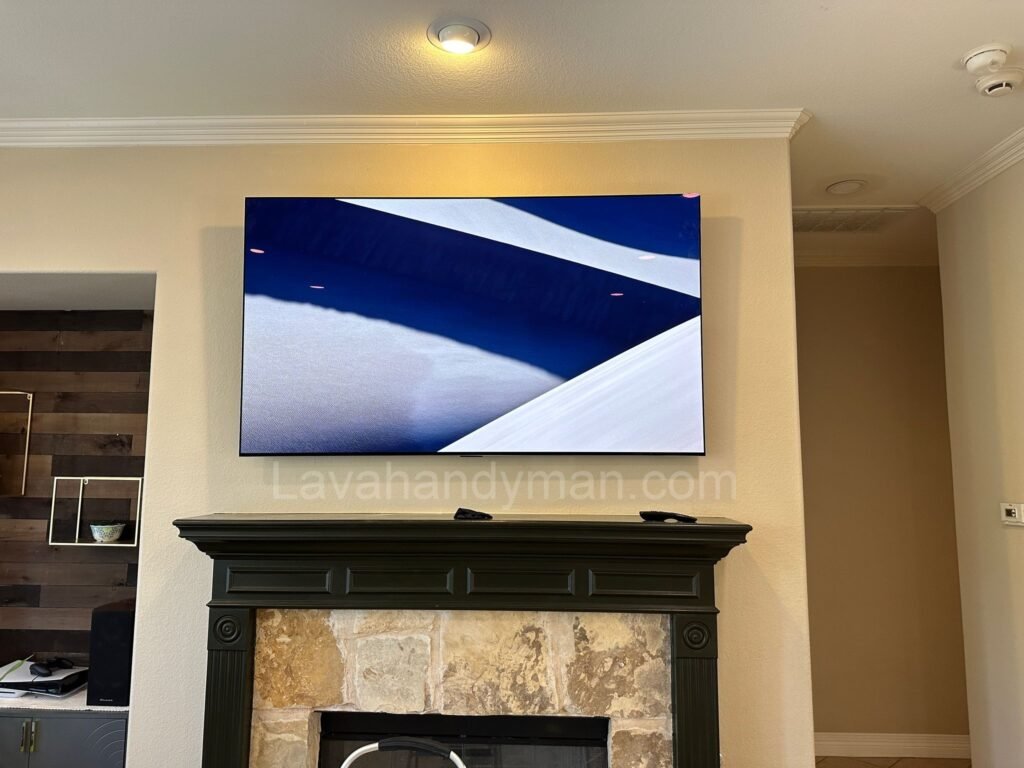Analysis and Design of High-Power Supply Circuits OLED TVs
Introduction:
With the rapid growth of OLED TVs (Organic Light Emitting Diode), the need for designing efficient and high-power power supply circuits has become more critical than ever. This article explores the key principles behind analyzing and designing power supplies tailored for OLED displays — covering aspects such as load characteristics, PFC and DC-DC converter topologies, efficiency, thermal management, and EMI control. If you’re working in the field of power electronics for OLED displays, this guide provides practical and technical insights.
Load Characteristics in OLED TVs
Unlike LCDs with a fixed backlight, OLED panels have self-emissive pixels, meaning each pixel generates its own light. This leads to a dynamic and nonlinear load, where power consumption depends heavily on the displayed content. Therefore, the power supply must be capable of responding rapidly to sudden load changes, such as during transitions from dark to bright scenes.

Analysis and Design of High-Power Supply Circuits OLED TVs
Power Supply Architecture in OLED TVs
The power system of a modern OLED TV typically includes:
- PFC Stage (Power Factor Correction): Ensures compliance with standards like IEC61000 and improves the quality of AC input current.
- DC-DC Converter Stage: Converts high DC voltage (from PFC) to lower voltages suitable for internal circuits.
- Multi-Voltage Output Rails: Required for driving display panels, logic circuits, audio amplifiers, and system-on-chip (SoC) units.
Choosing appropriate topologies and high-quality components (like MOSFETs or GaN transistors) is essential for reliability and performance.
Boost PFC Design for OLED TVs
The PFC stage often utilizes a boost converter topology to elevate the AC input (e.g., 220V) to around 400V DC. Modern PFC designs incorporate digital control techniques for high efficiency and reduced harmonic distortion. Advanced components such as GaN or SiC transistors help lower switching losses and improve thermal performance, supporting global energy efficiency standards.
Analysis and Design of High-Power Supply Circuits OLED TVs
High-Efficiency Resonant DC-DC Conversion
For the DC-DC stage, LLC resonant converters or Phase-Shifted Full-Bridge (PSFB) topologies are widely used. These offer:
- High efficiency (often above 90%)
- Low switching noise and EMI
- Compact size due to higher switching frequency
Utilizing soft-switching techniques like ZVS (Zero Voltage Switching) further enhances performance and reduces heat generation, making it ideal for OLED applications.
Key Design Considerations
1. High Energy Efficiency
Maximizing power supply efficiency not only reduces energy waste and operational costs but also helps meet global energy certifications like Energy Star.
2. Effective Thermal Management
As energy losses manifest as heat, proper thermal design — including heatsinks, airflow optimization, and thermally conductive materials — is crucial for system longevity.
3. Protection Mechanisms
Protection circuits such as OVP (Over Voltage Protection), OCP (Over Current Protection), SCP (Short Circuit Protection), and OTP (Over Temperature Protection) are vital to protect sensitive OLED components and ensure safe operation.
4. EMI Reduction and Noise Control
Given the image quality sensitivity of OLED displays, EMI filtering and PCB layout design play a significant role in minimizing electromagnetic interference and maintaining signal integrity.

Analysis and Design of High-Power Supply Circuits OLED TVs
Advantages of Modular Power Supply Design
Modular power supplies are increasingly used in high-end OLED TVs due to:
- Easy maintenance and replacement
- Better heat distribution
- Faster fault isolation
- Power management capabilities via integrated MCUs
This approach enhances scalability, simplifies design, and contributes to overall system efficiency and reliability — especially in OLED TVs from brands like LG and Sony.
Conclusion
Designing a high-power power supply for OLED televisions is a complex and multidisciplinary task that requires in-depth knowledge of dynamic loads, thermal behavior, resonant power converter topologies, and noise management. By adopting modern technologies such as GaN semiconductors, digital control systems, and optimized thermal solutions, engineers can create efficient, long-lasting, and high-performance power supplies for next-generation OLED TVs.
At LavaHandyman.com, we don’t just help you understand TV tech — we also offer expert TV installation services, making sure your home entertainment setup looks and performs at its best.
📞 Need Help?
Let us take care of the hard work while you sit back and relax.
📍 Serving: Austin, Round Rock, Cedar Park & more
📱 Call or Text: (737) 420-6992
🌐 Visit: https://lavahandyman.com


